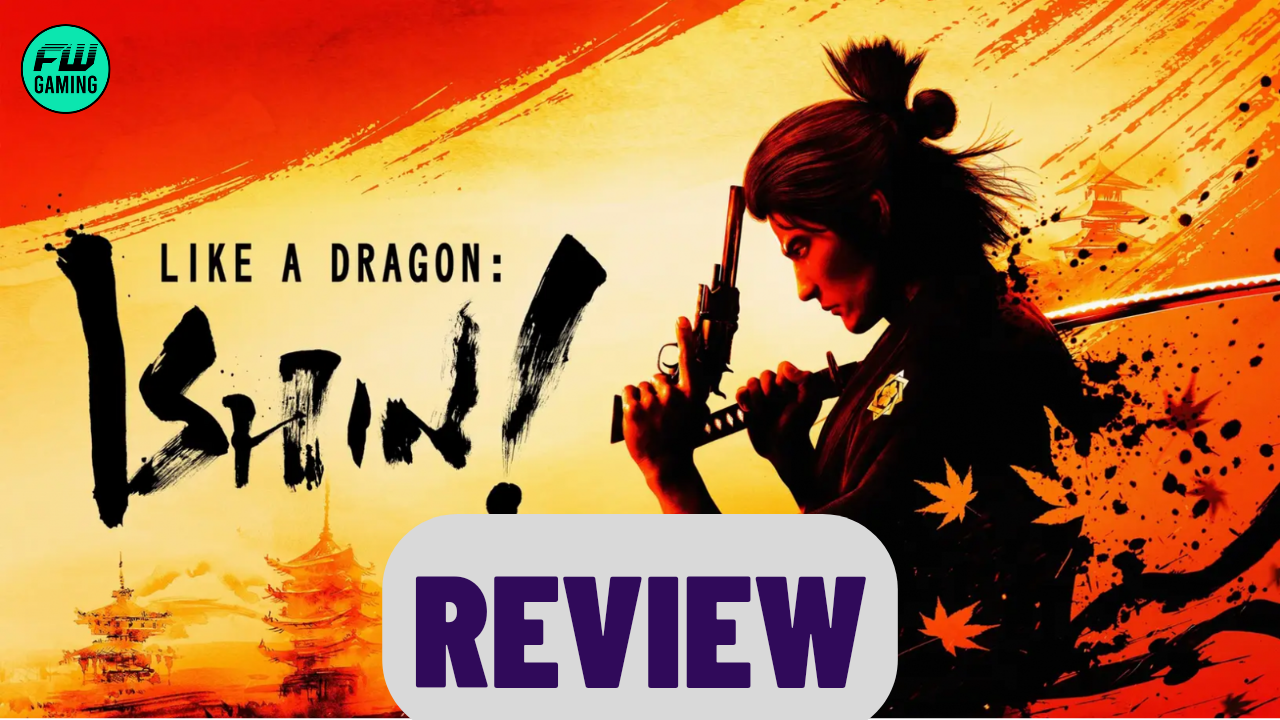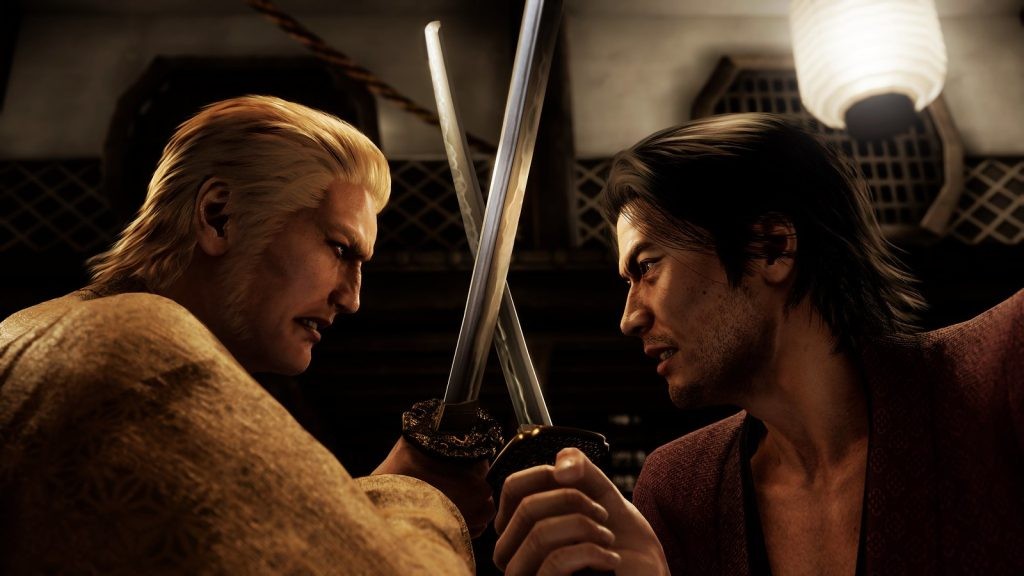Originally released solely in Japan in 2014, Like a Dragon: Ishin is finally here for us Western fans of the Yakuza series to enjoy for the first time. A spin off from the mainline series with a different story and a fresh lick of paint, don’t expect fan-favourite Kazuma Kiryu to be making an appearance, at least not directly anyway – player models from the main franchise are reused, and the protagonist of this game is Kiryu in looks, if not name and personality. Players will be taking control of Sakamoto Ryoma, a long orphaned individual who returns to his hometown of Tosa after a long sabbatical in the neighbouring city of Edo after a year of training. As is the case with the other franchise games, it doesn’t take long for things to quickly unravel.
Anyone that has played the previous entries in the franchise will know what they’re getting themselves in for with Like a Dragon: Ishin, with a dialogue heavy story full of twists and turns, players start with trying to find the killer of their adoptive father, before the game pivots into a political thriller encompassing the various factions of Japan in the late 1800s. It may seem unlikely, but the change of pace in the story comes naturally, and that’s something that can be said throughout the game.
Related: Wanted: Dead Review – A Love Letter to a Forgotten Era (PS5)
From befriending lonely elderly ladies that just want a friend, to helping a veg-loving child get the vegetables he wants, but his parents won’t allow him to eat, the usual sub-stories and mini-games are prevalent, and whilst they’re true to the time period and scaled back in their oddness, they still have the same feeling as previous entries, regularly eliciting full on laughs.
Like a Dragon: Ishin
Unlike 2020’s Yakuza: Like a Dragon, the combat isn’t turn-based, and instead is back to the franchise roots real time action. Being set in 1800s Samurai Japan, Like a Dragon: Ishin features four distinct styles that players can employ to cut a swathe of destruction through the many enemies featured. From a traditional samurai stance, to fists-only brawler and the introduction of two gun-based styles, there’s more than enough variance to keep everyone happy, and when you throw the in-depth and deep skill tree of each style into play, everyone will play the game differently. With all that said, it does feel and play like an eight year old game sometimes, with the combos and finishers sometimes difficult to use effectively, but this aside, it’s always fun to fight.
Related: Turtle Beach Scout Air True Wireless Earbuds Review
The combat changes in two significant ways in two points of the story. The first is the introduction of ‘Trooper Cards’, which are effectively powerups to be used once they’ve charged. Based on actual troops in your division, you can level and upgrade them to make them more useful. The second change in combat is a little too late, when two thirds of the way through the story you’re joined in your sword-swinging ways by your compatriots, providing an ally in the fight and some comical levity from said ally. Having a second in combat brings a new dimension to the combat late on, and left me wondering why it wasn’t implemented from the start.
As remasters go, Like a Dragon: Ishin is a fantastic example of what can be done with an older generation game, bringing it to the modern day and making it relevant again. It may feel dated at times with the combat, but the story, immersive nature of the environments, and the graphics show what can be done when a developer cares not only about the games they’re remastering, but the future and direction of the franchise as a whole.
Like a Dragon: Ishin is anything but an easy cash-in for the developers, with a lot of love and time put into making it suitable for the modern gamer, and both die-hard and new fans alike will enjoy their time playing.
8/10
Like a Dragon: Ishin was played and reviewed on a code supplied by Indigo Pearl.
Follow us for more entertainment coverage on Facebook, Twitter, Instagram, and YouTube.






![Lies of P's Game Director Jiwon Choi Discusses the Game, Disney and the Darker Sides of Pinocchio [EXCLUSIVE]](https://fwmedia.fandomwire.com/wp-content/uploads/2023/09/16134750/lies-1-768x432.png)






